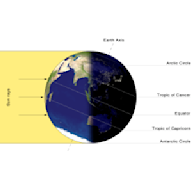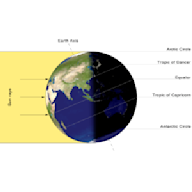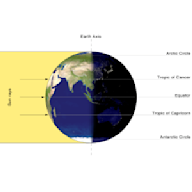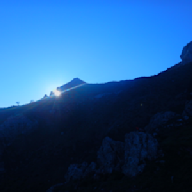Search results
The winter solstice, also called the hibernal solstice, occurs when either of Earth's poles reaches its maximum tilt away from the Sun. This happens twice yearly, once in each hemisphere (Northern and Southern).
Astronomical winter begins at the winter solstice, which is the shortest day of the year. This means days get longer during winter—very slowly at first, but at ever-larger daily intervals as the March equinox approaches, heralding the start of spring.
Sep 21, 2017 · The winter solstice is the day of the year with the fewest hours of daylight. Humans may have celebrated the winter solstice as far back as the Stone Age.
Jun 20, 2024 · winter solstice, the two moments during the year when the path of the Sun in the sky is farthest south in the Northern Hemisphere (December 21 or 22) and farthest north in the Southern Hemisphere (June 20 or 21).
Jan 17, 2024 · The Winter Solstice, or the December Solstice, is the point at which the path of the sun in the sky is farthest south. At the Winter Solstice, the sun travels the...
Dec 20, 2022 · The winter solstice heralds the astronomical start of winter and marks the day with the fewest hours of daylight for the year. But what's the science behind the shortest day and longest night?
What is it? The December solstice marks the sun’s southernmost point in the sky, for the entire globe, for this entire year. On this solstice, the sun will be overhead at noon as viewed from the...
Dec 22, 2023 · The winter solstice — the exact moment when the Sun appears farthest south in the sky — happens at 4:20 a.m. ET on Dec. 21 in 2024.
Dec 21, 2023 · The winter solstice marks the day when the sun is directly over the Tropic of Capricorn, a line that is located at 23.5 degrees south of the equator and runs through countries like Chile...
The December solstice marks the start of winter in the Northern Hemisphere and the start of summer in the Southern Hemisphere, according to one definition. Equinox and solstice dates—years 1-2149. Sunrise and Sunset Times Lag Behind. The shortest day of the year is commonly associated with the latest sunrise and earliest sunset of the year.





